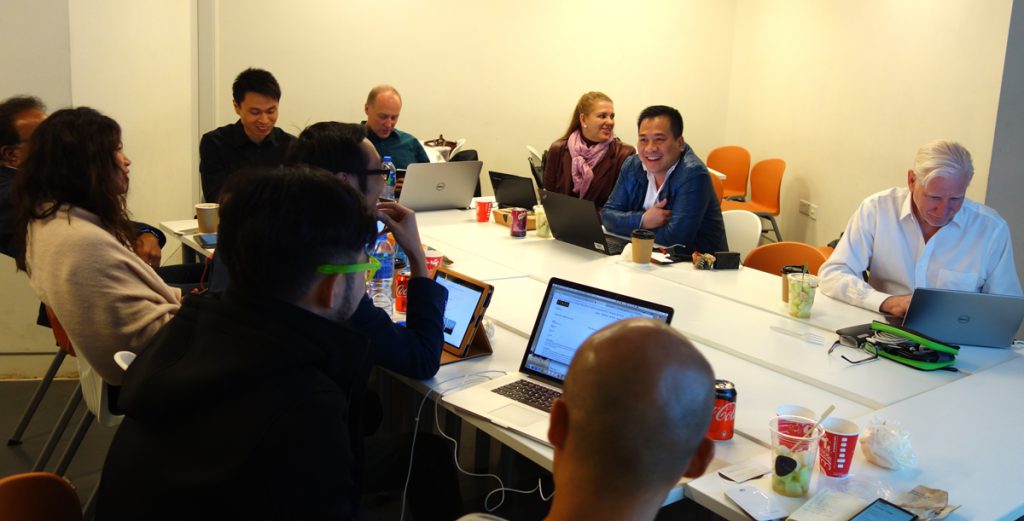Spark Awards Have Two Major Guiding Criteria
- Does the design Spark? Break new ground? Is it a new idea? Creation or just refinement? Does it communicate well? Are the graphics clear and compelling? Does it pop?
- Does it improve the quality of life? Contribute to understanding, efficiency, joy, longevity, progress? Does it sustain or conserve our Earth’s limited resources?
Then it’s a Spark. Now the fun begins!
Our criteria for excellence are the same for all the Spark Design Awards—and are based on the Spark core vision—designing our future. Spark’s mission is to initiate positive design-led change, by highlighting the best new ideas and the best new solutions. Sparks are big ideas embodied as great designs.
The submitted designs are evaluated by expert and independent judges from design and related fields. Their knowledge and experience are the ultimate arbiters of the Spark Design Awards. The criteria reflect the key factors that they take into consideration. The judges look for these big ideas when they make their choices.
By this continuing process of close observation, questioning, debating and selecting the best work, Spark helps Design evolve towards ever-more powerful solutions—created by the Spark Community!
Key Questions to Address
Inventiveness and Innovation: Does the design “stretch the envelope” and enhance the human experience in a tangible way?
Sustainability: Everything of question and of importance in 21st–century design: footprint, toxicity of manufacturing or materials, landfill afterlife, effect on atmospheric warming, recycled raw materials, energy consumption, educational value, human rights and so forth. How sustainable is the design, from manufacturing through packaging to use and final disposal?
Elegance and Beauty: Whether classic or modern, symmetrical or no, ah or aha! Does the design send you?
Usability: Suitability to Purpose—How well does the design perform its function and work? Is it efficient, economical, essential?
Integration: Does the design fit the system? Does it mesh well and extend, achieving more than the concept alone?
Durability: Is the design’s life span appropriate to its usage and good sustainable practice?
Discovery and Implementation: What was the design strategy? How was progress measured? Was the process itself innovative? Was the process multidisciplinary? Did the design sell or fulfill its goals?
Safety and Ergonomics: Is it safe and user friendly? How well does the design suit a wide (and appropriate) range of users? Is the packaging fun or just frustrating?
Expressiveness: Does the design fit the use (and user) naturally and easily, with a low learning curve? Does it communicate clearly and efficiently?
Personal Connection: Does the design help create feeling? Joy, delight, pleasure, inspiration or reverence?
Aspiration: Does the design contribute in significant ways to overarching societal goals? Is it truly design that makes a difference?
And Always Include the Essentials:
Project Objective
Project Results
Project Background
![]()

